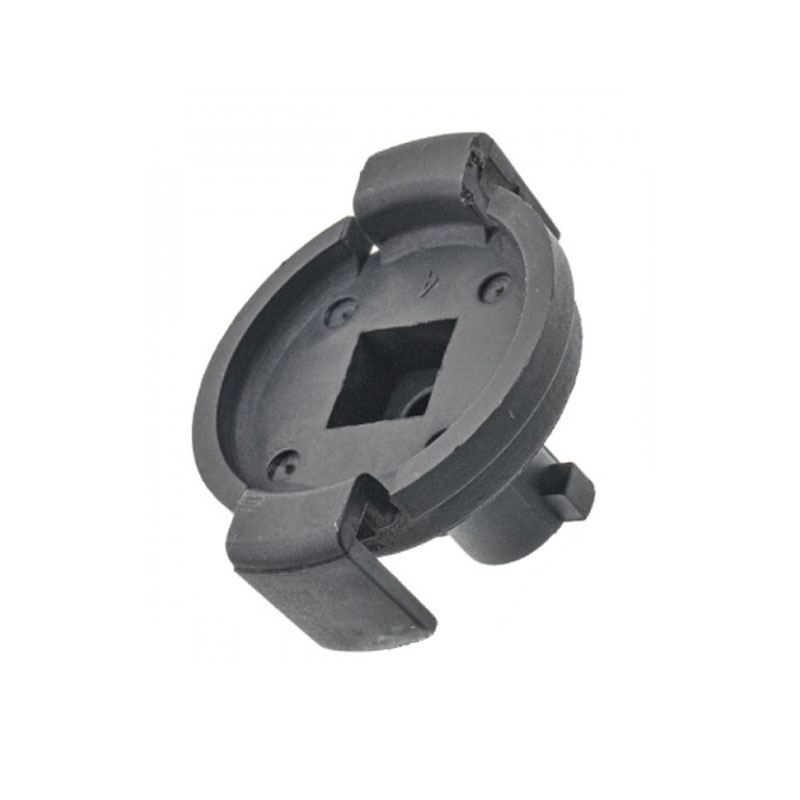pan gasket
Understanding Pan Gaskets Essential Components for Leak-Free Sealing
In the world of mechanical engineering and automotive design, few components play as crucial a role in ensuring operational efficiency as gaskets. Among the various types of gaskets, pan gaskets are pivotal in providing reliable seals for engine oil pans, transmission cases, and other similar applications. This article dives into the essence of pan gaskets, their materials, installation procedures, and their importance in maintaining the integrity of an engine.
What is a Pan Gasket?
A pan gasket is a specialized sealing component designed to create a leak-proof barrier between the engine block and the oil pan or transmission housing. The primary function of a pan gasket is to prevent the escape of fluids, such as engine oil or transmission fluid, while also protecting these vital components from dirt, debris, and moisture. By ensuring a tight seal, pan gaskets help maintain proper fluid levels, which are critical for the effective functioning of an engine.
Materials Used in Pan Gaskets
Pan gaskets are manufactured from a variety of materials tailored to the specific requirements of the application. Some common materials include
1. Rubber Many pan gaskets are made from rubber compounds due to their flexibility, resilience, and resistance to oil and heat. Rubber gaskets can conform to the surfaces they seal, ensuring a snug fit.
2. Silicone Silicone gaskets are popular in applications that require high-temperature resistance and flexibility. They provide excellent sealing capabilities and can endure extreme conditions without degrading.
3. Cork Traditional cork gaskets are less common today but are still used in some vintage vehicles and equipment. Cork is naturally compressible, providing a good seal; however, it can dry out and lose its effectiveness over time.
4. Composite Materials Modern pan gaskets may incorporate composite materials that blend various elements to enhance performance, durability, and resistance to chemical exposure.
Importance of Proper Installation
pan gasket

The efficacy of a pan gasket is heavily reliant on correct installation. An improperly installed gasket can lead to significant issues, including leaks and overheating. Here are some key steps to ensure proper installation
1. Surface Preparation Before installing a pan gasket, it is critical to clean the mating surfaces thoroughly. Any residual oil, dirt, or old gasket material can compromise the seal. Use a scraper or solvent to prepare the surfaces adequately.
2. Applying Gasket Maker While many pan gaskets are pre-formed, some may benefit from the application of a gasket maker or sealant. This provides an additional layer of protection against leaks.
3. Alignment and Torque Carefully align the gasket with the mounting holes to prevent any misalignment during installation. Follow the manufacturer's specifications for torque settings when tightening the bolts. Over-tightening can cause deformation, while under-tightening can lead to gaps and leaks.
Maintenance and Replacement
Regular maintenance checks of the pan gasket are essential to ensure it continues to perform effectively. Signs of a failing pan gasket may include
- Oil spots or puddles beneath the vehicle. - Noticeable oil leaks on the engine block. - Unusual engine sounds that may indicate low oil levels.
If a pan gasket fails, it is crucial to replace it promptly to prevent extensive engine damage. Regular maintenance schedules that include checking the condition of gaskets can extend the lifespan of an engine and enhance its performance.
Conclusion
Pan gaskets might be small components, but their role in automotive and mechanical applications is monumental. By providing a reliable seal to prevent fluid leaks, they help preserve engine integrity, maintain optimal performance, and prevent costly repairs. Understanding the materials used, proper installation techniques, and the signs of wear can empower vehicle owners and technicians to ensure their engines run smoothly for years to come. Investing time and care in gasket maintenance is not merely a precaution; it is a commitment to the longevity and reliability of the overall machinery.
-
The Ultimate Guide to Car Repair Kits: Tools and Essentials Every Driver Should Own
News Aug.01,2025
-
The Complete Guide to Oil Pan Gaskets: Sealing Engine Leaks the Right Way
News Aug.01,2025
-
Preventing Oil Leaks: A Complete Guide to Oil Pan Gaskets and Drain Seals
News Aug.01,2025
-
Everything You Need to Know About Oil Pan Gaskets and Drain Plug Seals
News Aug.01,2025
-
Essential for Car Owners: How to Use a Car Repair Kit to Deal with Minor Breakdown
News Aug.01,2025
-
Comprehensive Guide to Engine Oil Sump Gaskets and Related Seals
News Aug.01,2025
-
The Ultimate Guide to Boat Propeller Bearings and Trailer Wheel Bearings
News Jul.31,2025
Products categories















